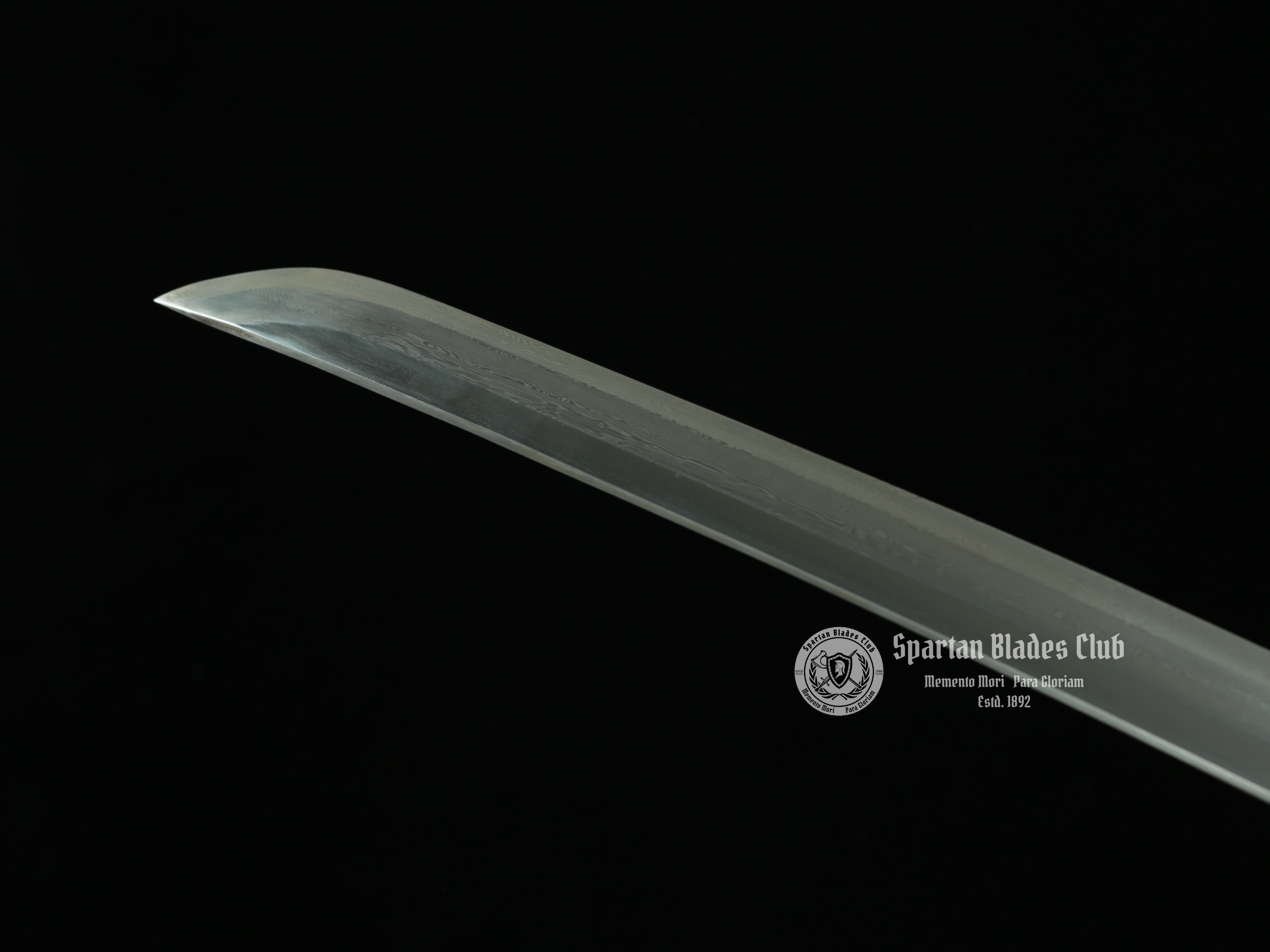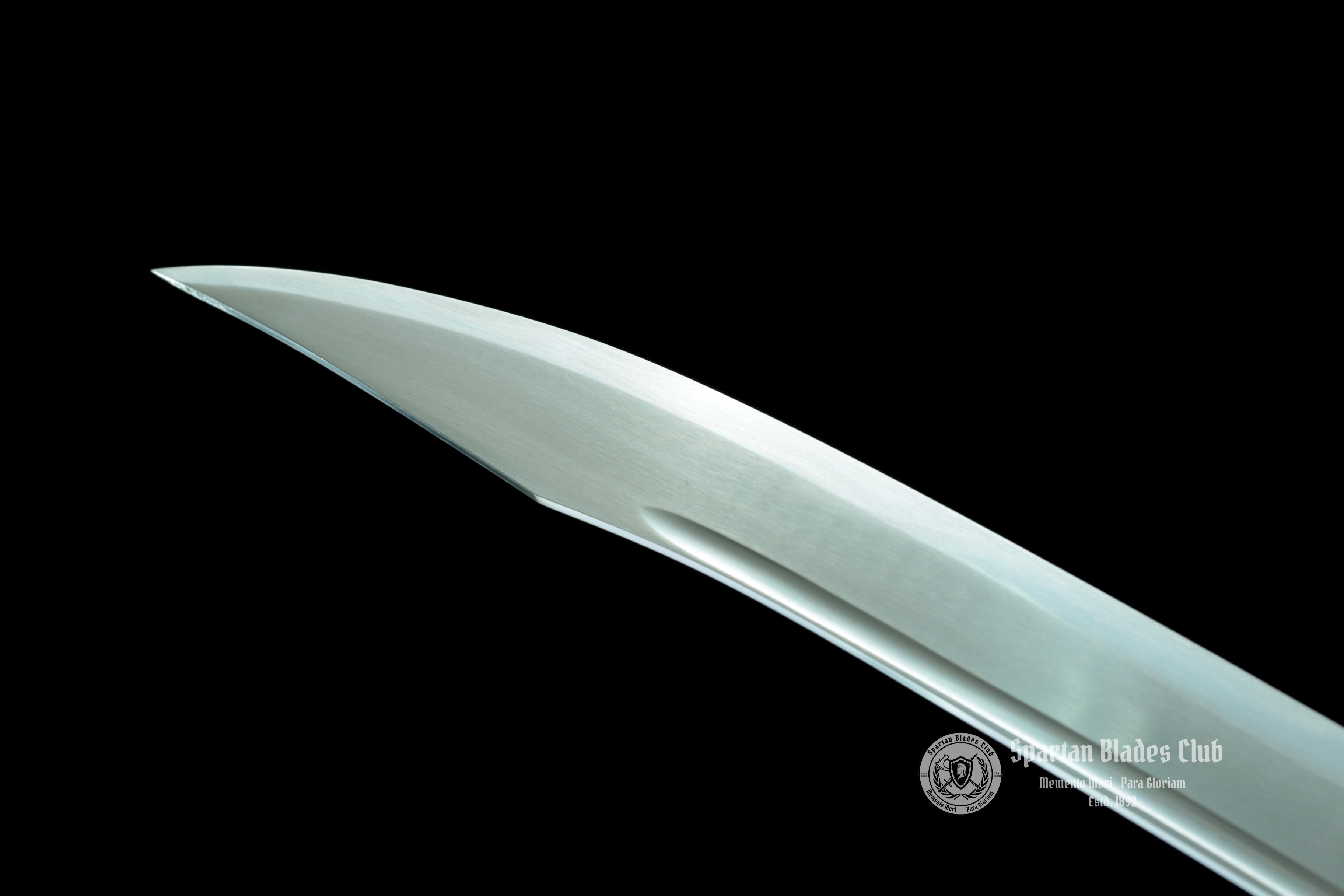Determining whether Damascus steel or T10 steel is better depends on various factors, including the intended use, desired properties, and personal preferences. Both types of steel have distinct characteristics that make them suitable for different applications. Here’s a detailed comparison:
Damascus Steel

Characteristics:
- Appearance: Known for its distinctive, wavy pattern resulting from the process of forging multiple layers of steel together. This aesthetic quality makes Damascus steel highly sought after for decorative purposes and high-end custom knives and swords.
- History: Historically renowned and used in the Middle East for making swords and knives. Traditional Damascus steel, also known as wootz steel, was prized for its strength and ability to hold a sharp edge.
- Modern Damascus: Today’s Damascus steel is typically made by pattern welding, which involves layering different types of steel and forging them together. This modern method can result in excellent blades but is different from the ancient wootz steel.
Advantages:
- Aesthetics: Highly decorative and unique, making it popular for collectors and custom knife makers.
- Durability: When made correctly, Damascus steel can be very strong and durable, with good edge retention.
- Cultural Value: Holds historical and cultural significance, adding to its appeal.
Disadvantages:
- Variability: The quality of Damascus steel can vary significantly based on the materials and craftsmanship involved.
- Corrosion Resistance: Depending on the types of steel used, it may not be as corrosion-resistant as some modern stainless steels.
T10 Steel

Characteristics:
- Composition: T10 steel is a high-carbon tool steel that contains approximately 1.0% carbon and 0.3-0.4% silicon. It is known for its high hardness and excellent edge retention.
- Use: Often used in the making of katanas and other high-quality blades due to its ability to achieve a very hard edge.
- Heat Treatment: T10 steel responds well to differential heat treatment, allowing for a hard edge and a more flexible spine, a characteristic desirable in Japanese sword making.
Advantages:
- Hardness: Can achieve a very high level of hardness (up to 60-62 HRC), making it excellent for edge retention.
- Durability: Offers a good balance of hardness and toughness when properly heat-treated.
- Cutting Performance: Highly effective at maintaining a sharp edge, making it suitable for cutting tasks.
Disadvantages:
- Corrosion Resistance: T10 steel is not stainless, meaning it is prone to rust and requires proper maintenance to prevent corrosion.
- Brittleness: High hardness can lead to brittleness if not properly tempered or if subjected to excessive stress.
Comparison and Application
- Appearance: If aesthetics and unique patterns are important, Damascus steel is preferred due to its beautiful, intricate designs.
- Performance: For practical use, especially in cutting tools and swords, T10 steel is often favored for its superior hardness and edge retention.
- Maintenance: Both steels require maintenance to prevent rust, but T10 steel may need more careful handling due to its higher carbon content and potential brittleness.
- Historical and Cultural Value: Damascus steel has significant historical and cultural appeal, making it a favorite for collectors and enthusiasts of traditional craftsmanship.
Conclusion
- For Collectors and Aesthetics: Damascus steel is often preferred for its unique appearance and historical significance.
- For Performance and Cutting Tools: T10 steel may be the better choice due to its high hardness, excellent edge retention, and effectiveness in cutting applications.
Ultimately, the "better" steel depends on your specific needs and preferences. If you value aesthetics and historical craftsmanship, Damascus steel is the way to go. If you prioritize cutting performance and edge retention, T10 steel is likely the superior choice.


 USD
USD










